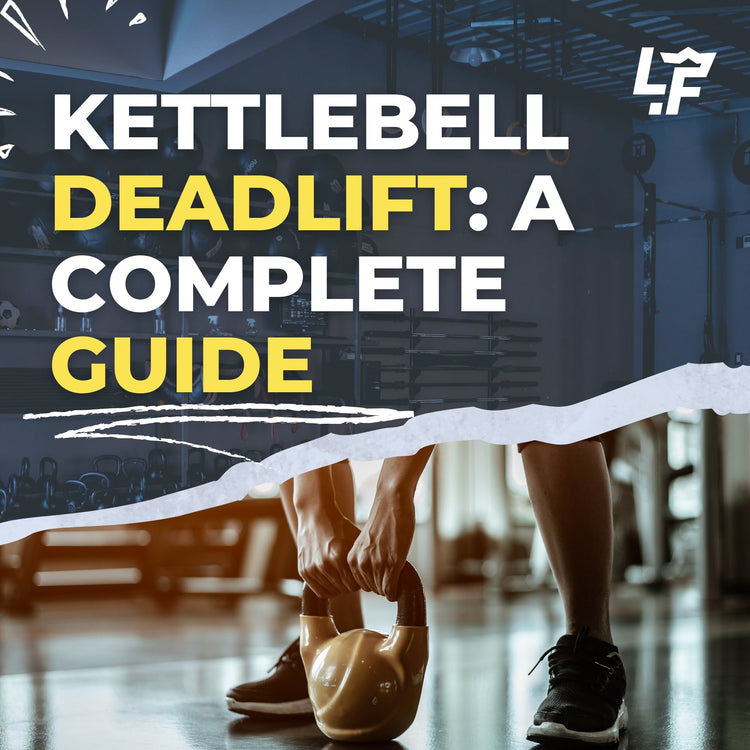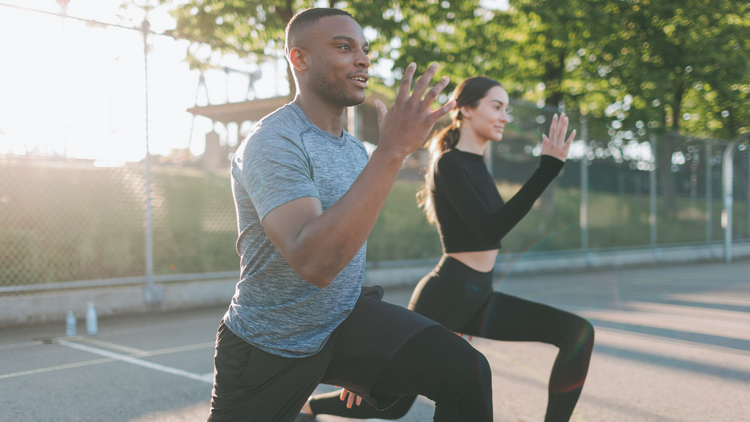Kettlebell Deadlift: Comprehensive Home Guide

If you're looking to boost your home workout routine, the kettlebell deadlift is a fantastic exercise to add to your routine. This guide will guide you through everything you need to know about this effective exercise, so you can make the most of your workouts.
What is a Kettlebell Deadlift?
The kettlebell deadlift is a strength training exercise that works several muscle groups. It's a great way to strengthen your lower body, back, and core. By using a kettlebell, you can also enhance your grip strength and stability.
Benefits of Kettlebell Deadlifts
Here are some key benefits of adding kettlebell deadlifts into your routine:
- Builds Muscle: Works the glutes, hamstrings, and lower back.
- Improves Posture: Strengthens the muscles that keep your spine aligned.
- Enhances Grip Strength: The kettlebell's shape helps improve your grip.
- Boosts Core Stability: Engages your core to improve balance and stability.
- Versatile: Can be done at home with minimal equipment.
Muscles Worked
The kettlebell deadlift mainly works:
- Glutes
- Hamstrings
- Lower back
- Core
- Forearms
How to Perform a Kettlebell Deadlift
Proper form is essential for maximizing benefits and preventing injury. Here are the steps:
Step-by-Step Guide
- Start Position: Stand with your feet hip-width apart. Place a kettlebell on the floor between your feet.
- Grip the Kettlebell: Bend at your hips and knees to squat down and grab the kettlebell handle with both hands.
- Set Your Back: Keep your back straight, chest up, and shoulders back. Engage your core.
- Lift: Push through your heels, extending your hips and knees to stand up straight while lifting the kettlebell. Keep the kettlebell close to your body.
- Lower: Reverse the movement by hinging at your hips and bending your knees to lower the kettlebell back to the floor.
Common Mistakes to Avoid
Watch out for these common mistakes when performing kettlebell deadlifts:
- Rounding Your Back: Always keep your back straight to avoid injury.
- Lifting with Your Arms: Focus on using your legs and hips to lift the weight.
- Not Engaging Your Core: A tight core helps protect your spine and improve your form.
- Using Too Much Weight: Start with a lighter kettlebell and gradually increase the weight as you get stronger.
By following these guidelines, you'll be well on your way to mastering the kettlebell deadlift and reaping its many benefits. Stay tuned for more tips and exercises to enhance your home workouts!
How to Incorporate Kettlebell Deadlifts into Your Routine
Adding kettlebell deadlifts to your workout routine can be a game-changer. Here are some tips on how to do it:
- Start with a Warm-Up: Always warm up before lifting. A few minutes of light cardio and dynamic stretches can prepare your body.
- Combine with Other Exercises: Pair kettlebell deadlifts with kettlebell squats or kettlebell clean for a full-body workout.
- Use Proper Equipment: Ensure you have a good quality kettlebell and a non-slip gym mat from Living.Fit.
- Follow a Routine: Incorporate kettlebell deadlifts into your weekly routine. Start with 2-3 times a week and adjust based on your fitness level.
- Listen to Your Body: Pay attention to how your body feels. If something hurts, stop and reassess your form.
By integrating kettlebell deadlifts into your routine, you can build strength and improve your overall fitness. For more exercises to enhance your routine, check out 21 kettlebell exercises to add to your workout routine and the 10 best kettlebell exercises for beginners. Looking to burn fat? Don't miss our guide on the best kettlebell exercises for fat loss.










